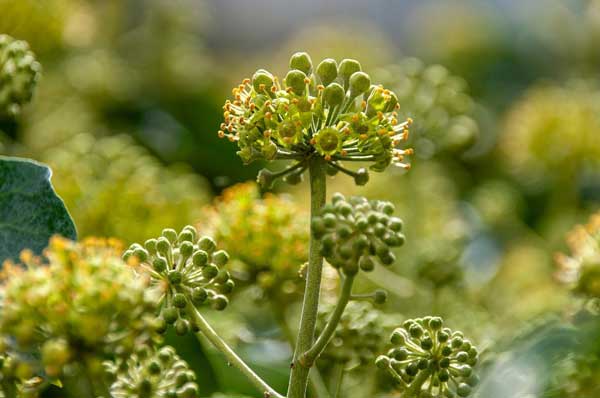Innovative app tracks climate effects on plant life

[Image of a plant, Credit to Pixabay]
A research team developed an algorithm to analyze observational data from the Incognita app, released on July 9th.
The Flora Incognita app, a remarkable innovation developed by researchers at Leipzig University and iDV, revolutionizes the way in which we study the effects of climate change on plant life.
This approach can derive ecological patterns that offer valuable information about how climate change impacts plants.
Plants respond to seasonal changes, but climate change causes seasonal shifts, such as earlier springs.
Therefore, tracking data about their phenological changes can reveal the true effects of climate change.
Specifically, the data collected show that each part has its own cycle as to when it begins a flowering or growth phase.
The scientists demonstrated that group behavior arises from individual behavior.
From this, they were able to derive ecological patterns and investigate how these change with the seasons.
Determining how climate change affects the plant’s seasonal changes is still being subject to further research.
However, the new algorithm can now be used to better analyze the effects of these changes on the plant world.
One of the app’s most innovative features is its ability to rapidly identify unknown wild plants.
This feature greatly enhances data collection efforts for climate change research, providing valuable insights into the varying impacts of climate change on different plant ecosystems.
Additionally, it also records observations with timestamps and locations, which allows the app to build a robust and comprehensive database of ecological observations.
In particular , the algorithm integrates satellite data for broader ecosystem phenology insights.
The crucial part of the app’s functionality is the advanced algorithm that processes the collected data.
The algorithm allows researchers to understand plant behaviors across various regions and group dynamics.
For instance, users record more observations on the weekend and in more densely populated areas.
This algorithm can distinguish these influences from ecological patterns.
Fewer observations during certain periods like winter do not hinder their ability to capture synchronization , as plant visibility is naturally limited during this time.
"Our method can automatically isolate these effects from the ecological patterns," Karin Mora explains. "Fewer observations don't necessarily mean that we can't record the synchronization. Of course, there are very few observations in the middle of winter, but there are also very few plants that can be observed during that time."
“When I take a picture of plant with the app, the observation is recorded with the (exact) location as well as a timestamp,” explains co-author Jana Waldchen from the Max Planck Institute for Biogeochemistry (MPI-BGC), who developed the app with colleagues from TU Ilmenau.
Since mobile apps like Flora Incognita allow users to identify unknown wild plants rapidly, it could help solve the issue of conducting the analysis that requires a large amount of data.
This capability enhances monitoring efforts and informs conversation strategies amid climate uncertainty.
Specifically, it could potentially assist in further research on how seasonal shifts, induced by climate change, affect the relationship between plants and pollinating insects.

- Yunji Heo / Grade 11
- Gyeonggi Academy of Foreign Languages

![THE HERALD STUDENT REPORTERS [US]](/assets/images/logo_student_us.png)
![THE HERALD STUDENT REPORTERS [Canada]](/assets/images/logo_student_ca.png)
